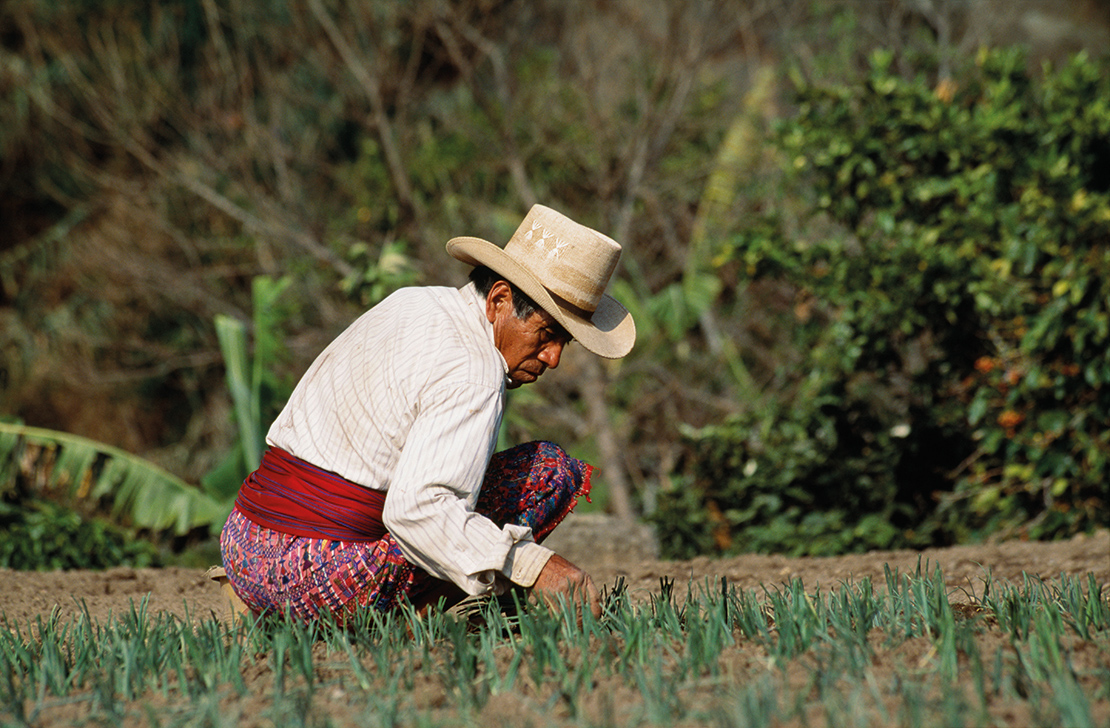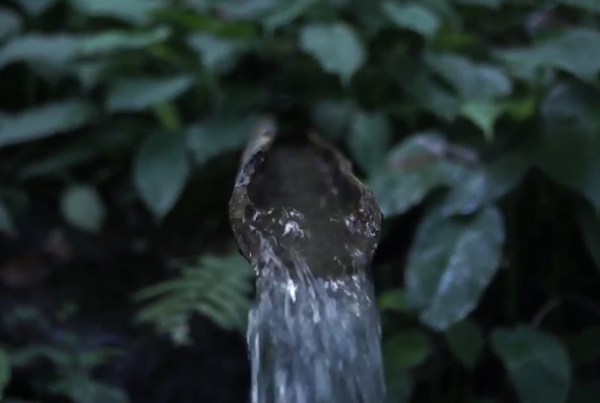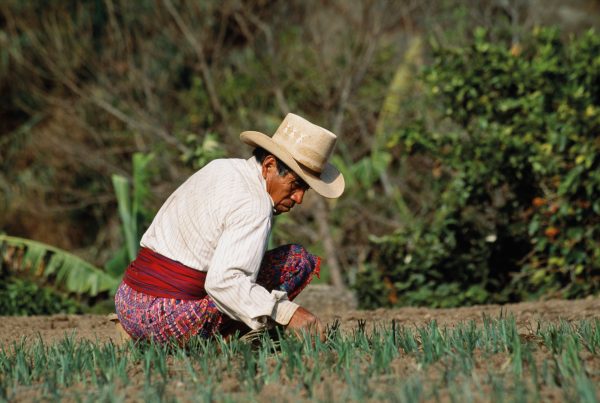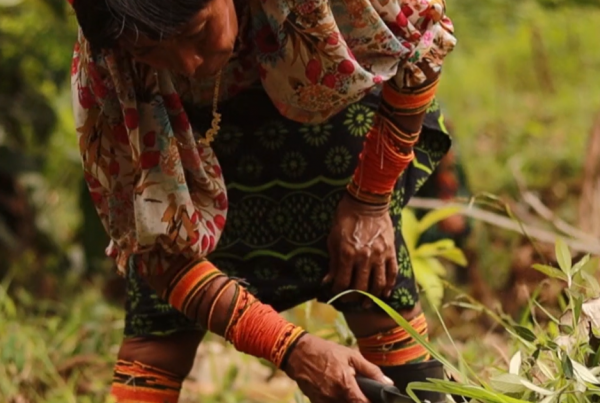Indigenous peoples have traditional and ancestral knowledge that has helped them study the behaviour of climate, precipitation and possible droughts.
This in turn helps them make decisions and take actions necessary for climate adaptation and mitigation to avoid the negative effects of floods, droughts and crop diseases, which could put food security at risk.
In Guatemala, signals can be read by indigenous elders; for example:
- Exposed roots of corn during the winter months: Like all living beings, plants perceive vibrations from the universe and transmit them to other beings in different ways. In corn, if roots are borne higher than normal on the stem, they announce that in the following winter months there will be very strong winds (hurricanes and/or storms).
- The nest of the chorcha: A yellow bird with black wings, the chorcha (Oriolus oriolus) creates its nest in the form of a bag. When it makes its nest longer than normal, it is a sign that the onset of winter will delay farmers in their planting systems.
Kaqchikel farmer tending to his crops. Credit: Latitude Stock.
Author
- Ramiro Batzín, Indigenous Peoples Maya Kaqchikel, Sotz’il
Ecosystems
- Tropical forests
Topics
- Knowledge, culture and spirituality
Type
- Short-form
Date
- This case study forms part of LBO-2, originally released in 2020.



